LANDIS: 'CHRONICLE' IS CLOSER TO 'CARRIE' THAN 'CAPTAIN AMERICA'
CRITICS SEE BLEND OF 'CARRIE', 'THE FURY', 'X-MEN', 'BLAIR WITCH', TV'S 'HEROES', ETC. Chronicle
Chronicle is a new film that opens tomorrow, written by
Max Landis (son of
John Landis) and directed by
Josh Trank. According to several critics, the film calls to mind
Brian De Palma's adaptation of
Stephen King's
Carrie, as well as a blend of other influences. In January, Landis explained to
Comic Book Movie's Ed Gross that he wrote
Chronicle "very much intending to be an antidote to all of the other superhero movies. We've sort of forgotten in this slew of comic-based superhero movies that what made those characters iconic is not the giant set pieces or the action that happens in comics. All of those movies feel like the same film by the second act; they all blur together.
"I wrote Chronicle specifically to show people that a movie about people with powers doesn't have to be the way it's been presented so far. It can be something character based. Chronicle is closer to Carrie than Captain America. It's definitely not Stephen King, but it's definitely got an edge to it that these movies don't usually have. It doesn't exist in a fantastical world. Ultimately the consequences aren't Spider-Man has to save the girl from falling off the bridge; there's a more serious set of consequences than that."
CRITICS: CHARACTERS USE TELEKINESIS TO OPERATE CAMERAS, GIVING THE FILM ADDED VISUAL PUNCH
The New York Times' Manohla Dargis explains that one of the main characters is seen at the beginning of the film recording himself in his bedroom mirror on a digital camera, and that later, after breaking that camera, he gets a new, more expensive one that he begins to operate via newly found powers of telekinesis. Dargis states that the visual polish derived from this plot turn "truly lifts the movie."
Dargis calls Chronicle "a slick, modestly scaled science-fiction fairy tale with major box-office aspirations... It’s a classic pop creation in that its hook — three teenage boys mysteriously acquire fantastic powers — seems fresh even if the whole thing feels inspired by someone’s Netflix queue: a revenge-of-the-outsider tale like Brian De Palma’s Carrie; the first-person perspective of The Blair Witch Project and Cloverfield; and average Joes turned super-Joes as in the television shows Heroes and No Ordinary Family.”
Later in the review, Dargis writes, "For a while the mysterious hole and its cave hold out the promise that Chronicle will be as creepy-freaky as Carrie, and that the filmmakers will mine the cavity’s depths for all its psycho-sexual terror instead of settling for a boy’s super-neato adventure. No such luck."
Meanwhile, TIME's Richard Corliss' review has the headline, "Chronicle: It's Carrie Plus X-Men, With Found Footage." Corliss, who finds Chronicle "simultaneously diverting and annoying," concludes his review with a wry discussion of how the film plays with the current trends of the "Found-Footage Faux-Doc" (FFFD):
The obvious liability of an FFFD is the requirement that the main character lug a camera everywhere, like Sisyphus with his damned rock, no matter how mortal the peril. The convention turns Chronicle sillier than it needs to be at times, as when Matt and Steve are trying to save a man’s life and Andrew can’t help because he’s filming. Things will be so much simpler when someone markets a camera that can be inserted in the customer’s forehead — the iBrain.
The movie does offer two innovations in the form. First, Andrew can make his camera levitate, giving moviegoers an occasional God’s-eye view of the action. And it happens that Casey (Ashley Hinshaw), a school friend of Matt’s, is also a compulsive videographer; when Matt visits her, we see her reflected in a mirror as she talks to him.
The second camera! This could be a breakthrough in found-footage movies, similar to but not quite on a par with the moment in ancient Athens, when Aeschylus introduced a second character — the deuteragonist — to Greek tragedy, thus turning the theatrical art from monologue to dialogue. (Voilà: drama!) Chronicle‘s second camera opens up dizzying possibilities: the footage of Andrew and Casey’s cameras could be edited into reaction shots, or into coverage of the same action from different vantage points. Or Casey could become the sleuth-heroine in a movie deficient in essential females.
Alas, she proves a minor character, and her camera doesn’t figure important in the story, as Andrew and Matt climactically reprise the two-man air battle from the end of the first Iron Man movie. Landis and Trask — preoccupied with aping and synthesizing other films into an ultimately ordinary one of their own — don’t exploit the opportunities they created with their second camera. It’s as if Edison thought his light bulb had no other function but to inspire jokes about how many people it took to screw it in.
The Boston Herald's James Verniere calls Chronicle "surprisingly insightful, terribly titled." Verniere says the film's found-footage conceit is more like Cloverfield than The Blair Witch Project. He concludes his review by writing, "You might describe Chronicle as The Office of teen superhero movies and say it owes a debt to Brian De Palma’s Carrie (1976) and The Fury (1978). But it’s also remarkably resonant and, yes, smells like teen spirit."
Finally, FEMPOP's Alex Cranz states, "Take Carrie. Now rub it up against the seminal Japanese film Akira. Now take out all the cool 'superpowers as allegories for teenager junk' stuff. And add a ton of fight scene that are really really fun. That is Chronicle." While Cranz was put off by some of the film's "incredibly dogdy" special effects, he also loves the shots produced by telekinetically-operated cameras. "Shots that are impossible in most found footage films are liberally used," Cranz writes. [Minor SPOILER] "If the characters are controlling the cameras with their minds then yes we can see all of them at once without worrying about whose holding the camera and yes we can do cool crane shots and yes we can get multiple angles on a scene because they’ve stolen a dozen cameras and are controlling them all with their minds."
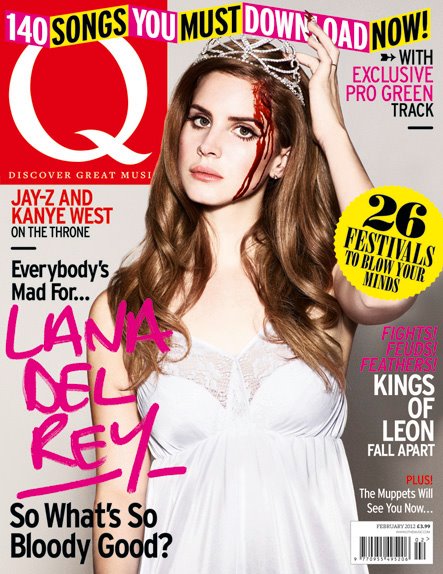 Lana Del Ray graces the cover of the February issue of the British music magazine Q. According to Famous Monsters Of Filmland, the singer/recording artist "asked to be shot in tribute to one of her favorite films, the 1976 Brian De Palma classic Carrie." Five of the six photos inside the magazine show Del Ray in various bloody Carrie poses, including the one shown here in the middle. The Famous Monsters site also has some behind-the-scenes photos from the shoot, including the one at the very bottom below.
Lana Del Ray graces the cover of the February issue of the British music magazine Q. According to Famous Monsters Of Filmland, the singer/recording artist "asked to be shot in tribute to one of her favorite films, the 1976 Brian De Palma classic Carrie." Five of the six photos inside the magazine show Del Ray in various bloody Carrie poses, including the one shown here in the middle. The Famous Monsters site also has some behind-the-scenes photos from the shoot, including the one at the very bottom below.
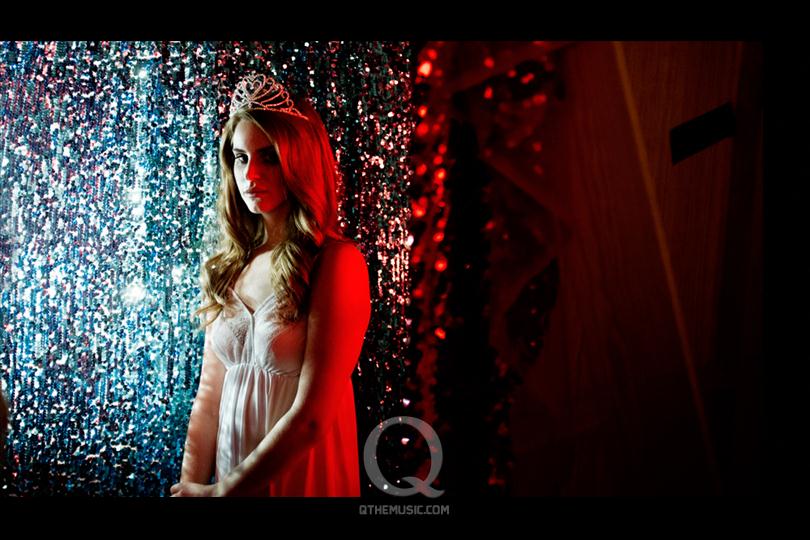

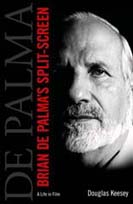



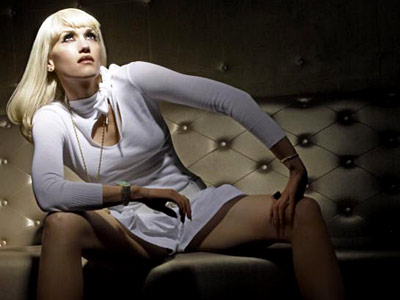
 An article by Patrick Wildermann published today in
An article by Patrick Wildermann published today in  An article yesterday by
An article yesterday by  Brian De Palma had been developing a movie based on the Donald Westlake underworld character
Brian De Palma had been developing a movie based on the Donald Westlake underworld character  The 1986 version of Heat is currently streaming on Netflix.
The 1986 version of Heat is currently streaming on Netflix. 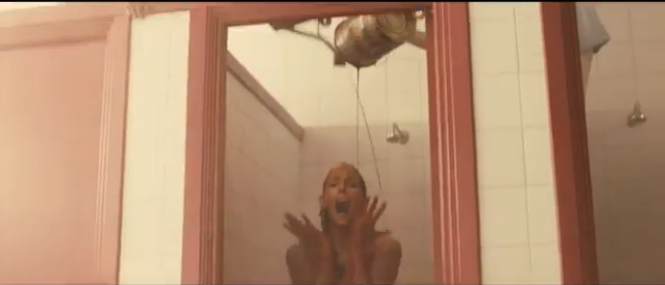
 Several German newspapers are reporting this morning that German actress Karoline Herfurth has joined the cast of Brian De Palma's Passion. Herfurth made quite an impression a few years ago as "The Plum Girl" in Tom Tykwer's Perfume (pictured here). According to the
Several German newspapers are reporting this morning that German actress Karoline Herfurth has joined the cast of Brian De Palma's Passion. Herfurth made quite an impression a few years ago as "The Plum Girl" in Tom Tykwer's Perfume (pictured here). According to the 